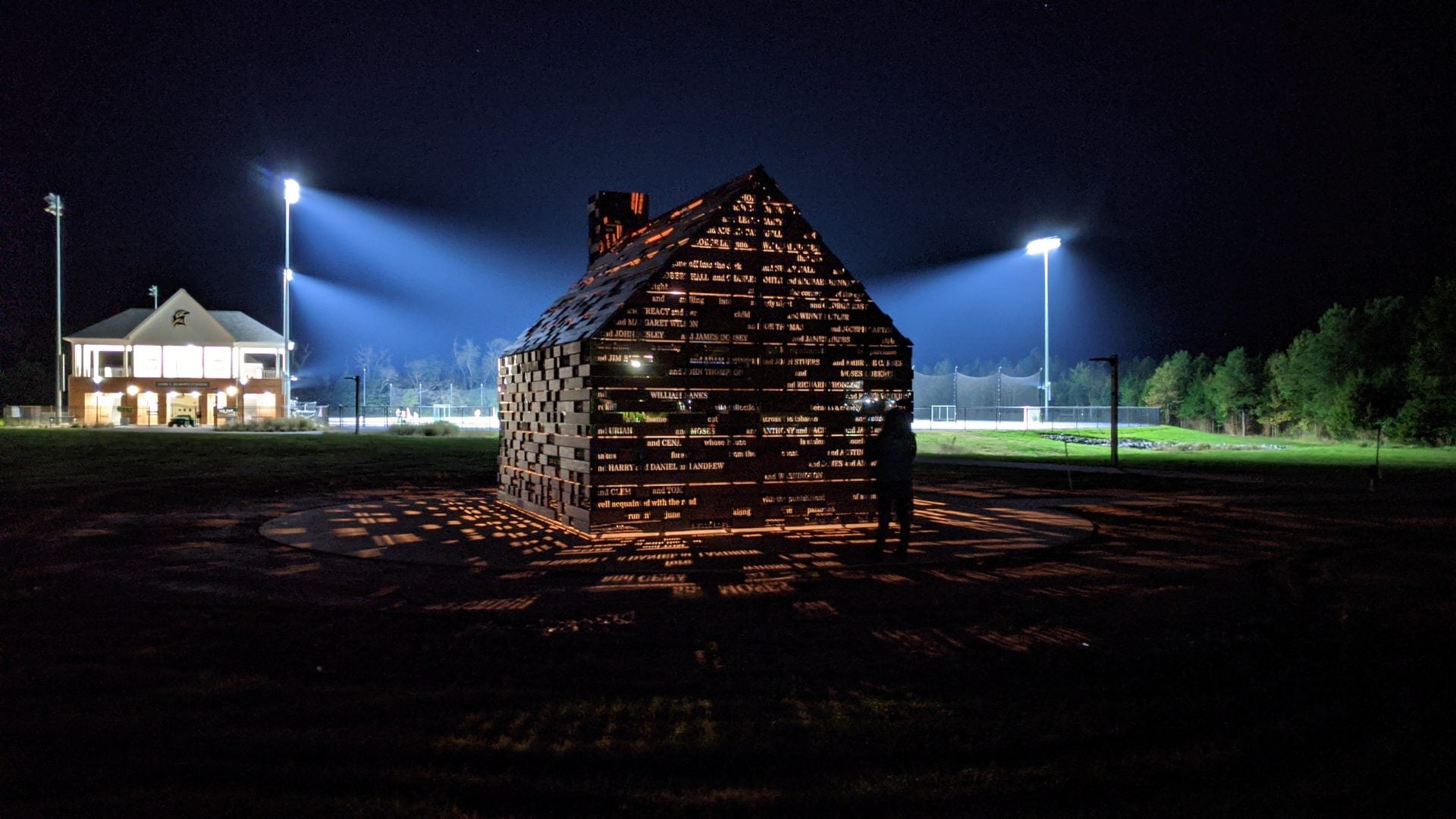
When Dr. Tuajuanda Jordan became the first Black woman to lead St. Mary’s College in Southern Maryland back in 2014, her groundbreaking role made history. Yet the new president never imagined that history would one day be unearthed on campus: namely, artifacts from slave quarters.
The discovery dates back to summer 2016 when the school’s archaeology professor Dr. Julia King and her student team performed site work prior to construction of a new stadium. In this community of rolling hills and farmland, the rich soil yielded brick, pottery shards and nails—hints of souls kept in bondage in the 18th and early 19th centuries.
Determined to pay these ancestors homage, Jordan spearheaded a public/private campaign enlisting the input of students, faculty, staff and community stakeholders. It would become a memorial titled “From Absence to Presence: The Commemorative to Enslaved Peoples of Southern Maryland.” The $550,000 project was dedicated in a virtual ceremony on November 21 with dignitaries and a keynote speech from Jelani Cobb, noted writer, historian and professor at Columbia University’s Graduate School of Journalism.
“The Commemorative is an immersive art experience that honors the story of resilience, persistence, and creative problem solving that defined the lives of the people who were enslaved and lived throughout Southern Maryland,” Jordan told ESSENCE in a statement. “The project spoke to us because it was about lending voice to those that have been silenced.”
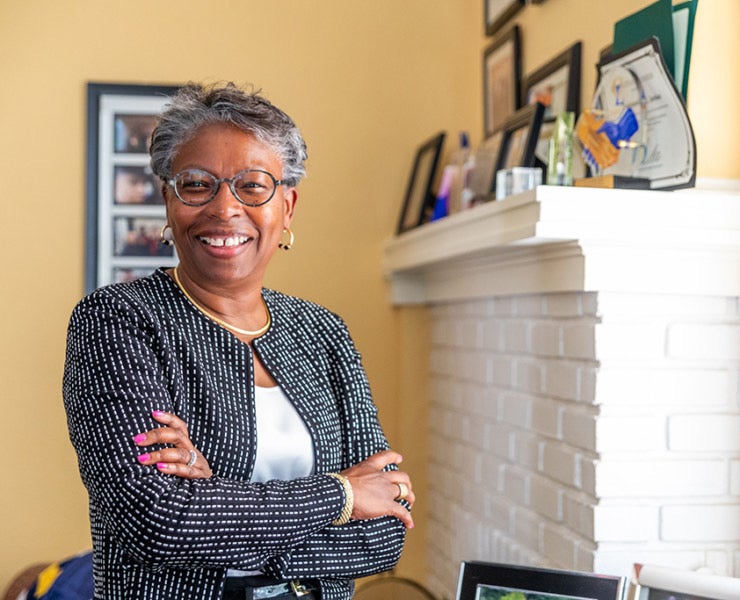
Founded in 1840, St. Mary’s College is nestled on the St. Mary’s River in rural, tobacco country. The liberal arts institution is situated adjacent to Historic St. Mary’s City, a former colonial town that was Maryland’s earliest European settlement and its onetime capital.
“They talk about the history of this place from the point of view of the settlers. They talk about the history of this place from the point of view of the plantation owners and the life on the plantation,” said Jordan, who learned the college once owned enslaved persons. “But no one that I knew of lent voice to those who were enslaved and recognized the contributions they made to this place.”
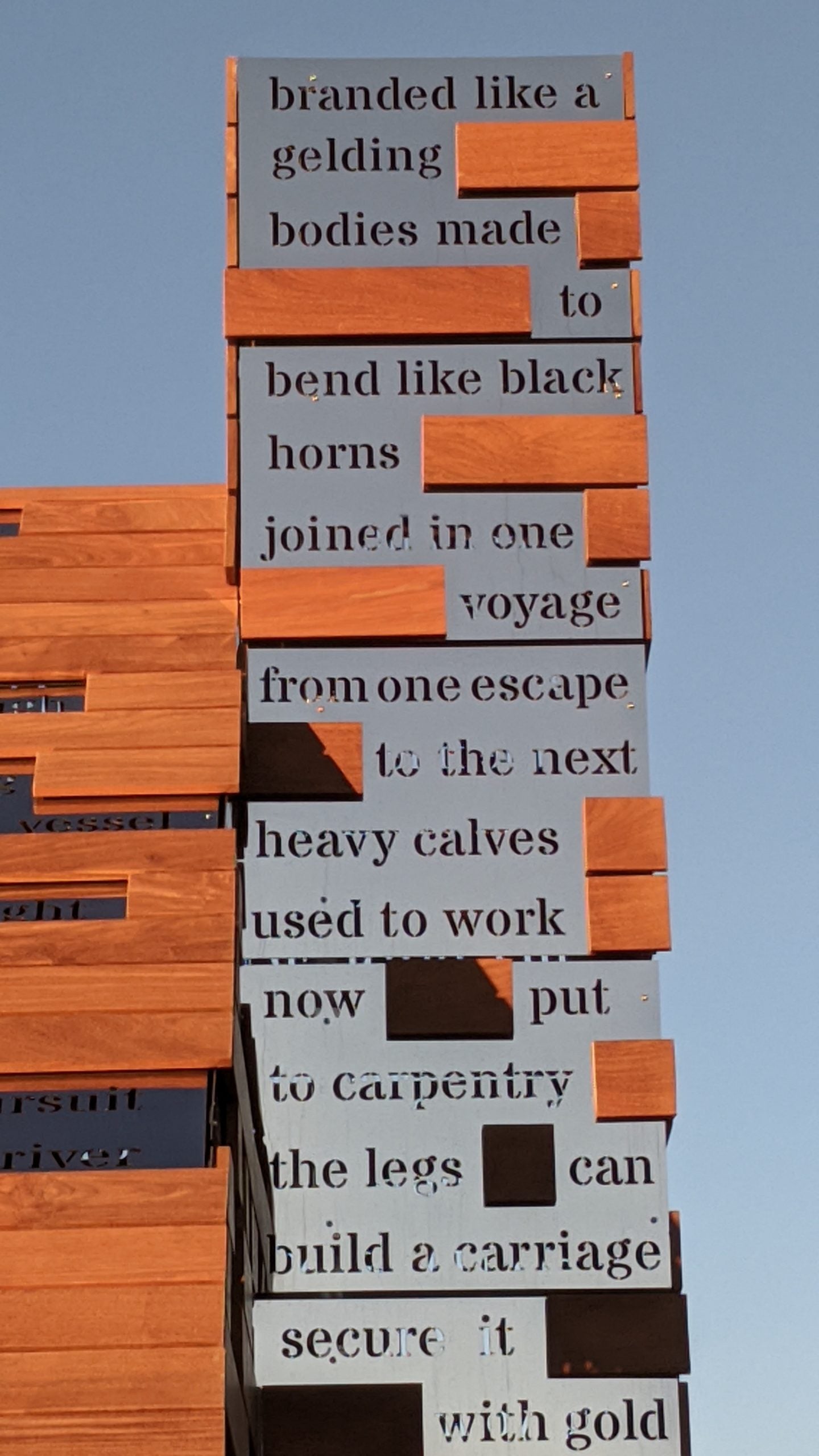
Designed by artists Shane Allbritton and Norman Lee, co-founders of Re:site in Houston, Texas, the 18 ft. high and 15 ft. wide memorial is a re-imagined cabin with flashes of stainless steel, and a walkway that invites visitors to engage in a contemplative experience. The designers utilized historical documents, folklore and archaeological research to illuminate the past. Poetry by Seattle-based writer Quenton Baker was created with excerpts from newspaper advertisements of runaway slaves. At night, the structure is lit, beaming those written passages onto the surrounding landscape.
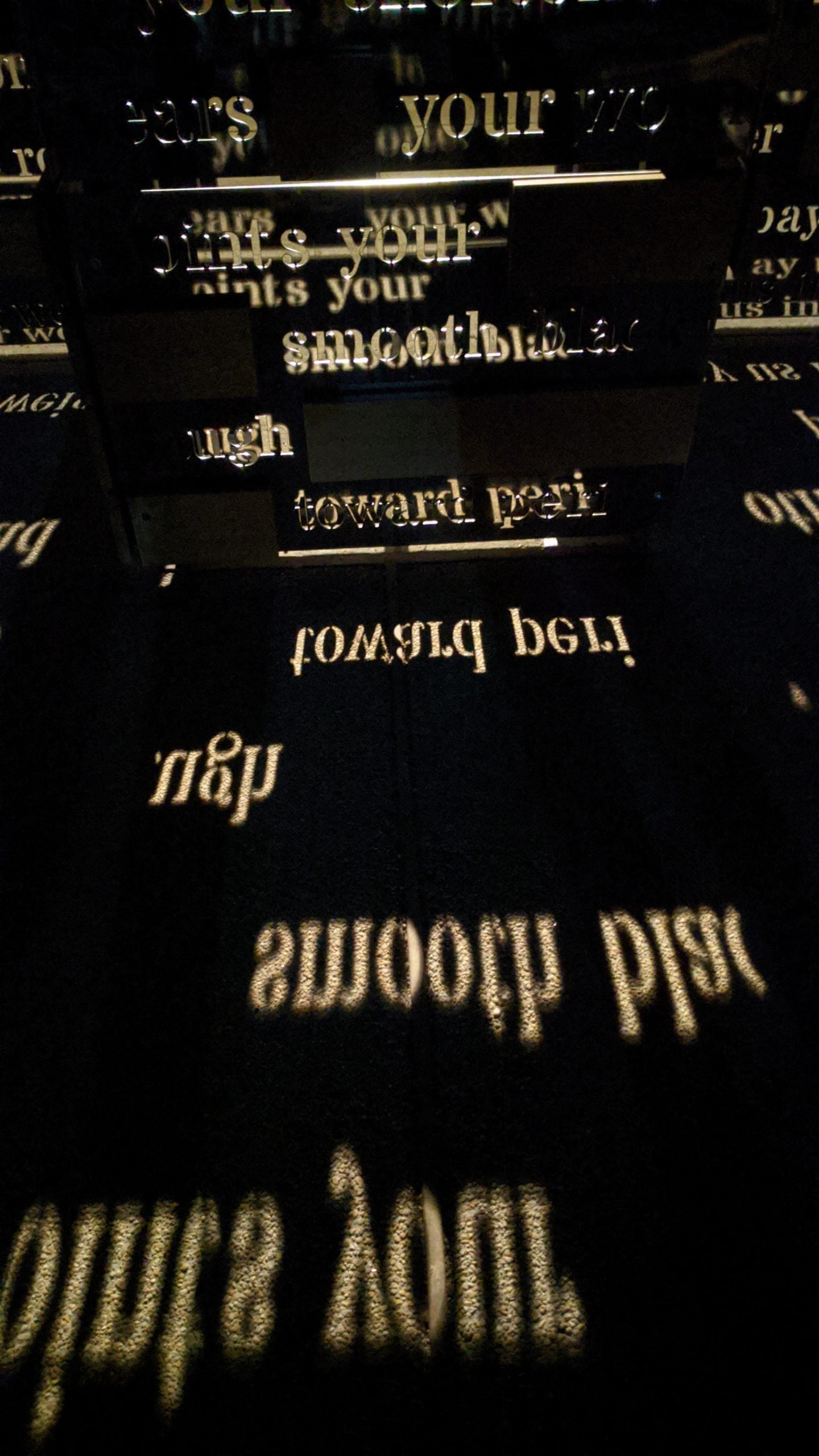
Maryland Governor, Larry Hogan, Sens. Ben Cardin and Chris Van Hollen, House Majority Leader Steny Hoyer, and Del. Adrienne Jones, the first Black woman Speaker of the Maryland House of Delegates, were among the dignitaries who offered virtual reflections.
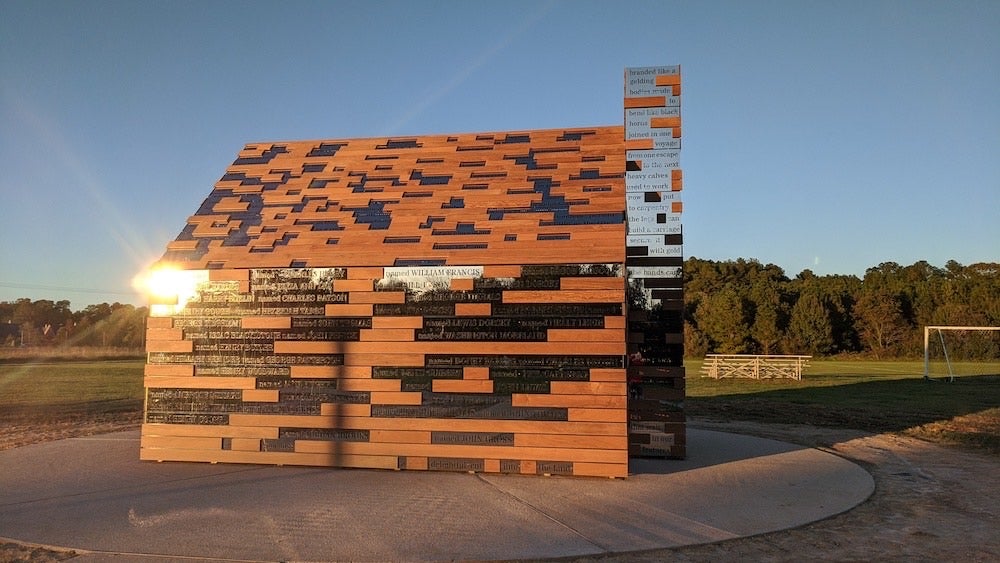
Baltimore City’s Mayor-elect Brandon Scott is a 2006 alumnus of St. Mary’s College.
“The resurrection of this monument comes at a point of reckoning for our country, when facing and understanding our tumultuous past is more important than ever,” Scott said in a statement to ESSENCE. “As Black people across this country continue to face the repercussions and trauma of our enslaved ancestors, we must use this monument as not only a reminder of the past, but also of the work that is still ahead.”
As a Black woman president of a predominantly white college, Jordan has sought to bring diversity and racial understanding to the student body of 1,600. She hopes the dedication will educate and enlighten minds and hearts.
“Whatever hardships many of us face today because of race, they pale in comparison to the hardships our ancestors endured and overcame,” she said. “This commemorative memorial truly gives voice to those who were silent, carrying us from absence to presence.”
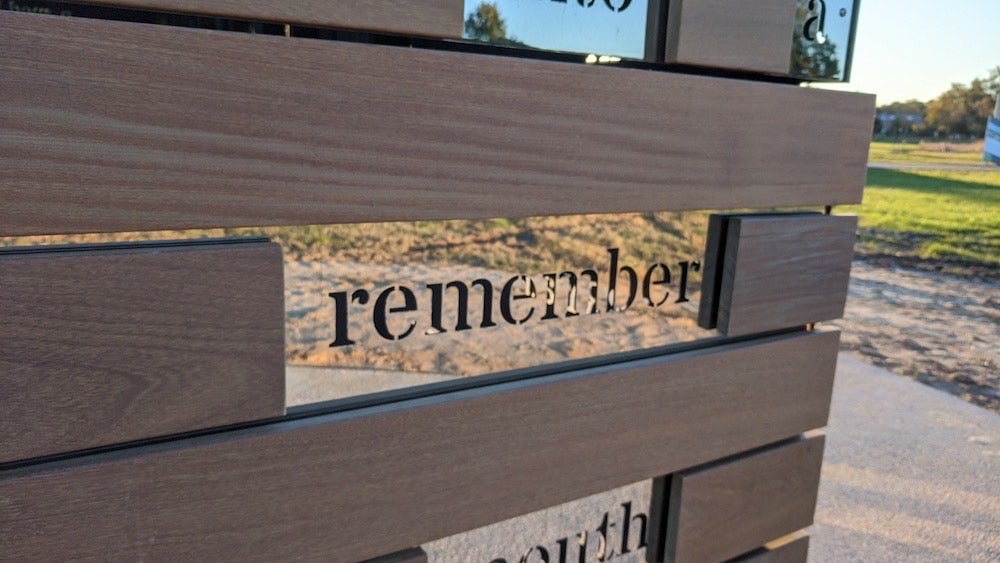
To learn more about Black history in Southern Maryland and around the state, go to: www.visitmaryland.org and https://www.visitstmarysmd.com/things-to-do/museums-history/african-american/